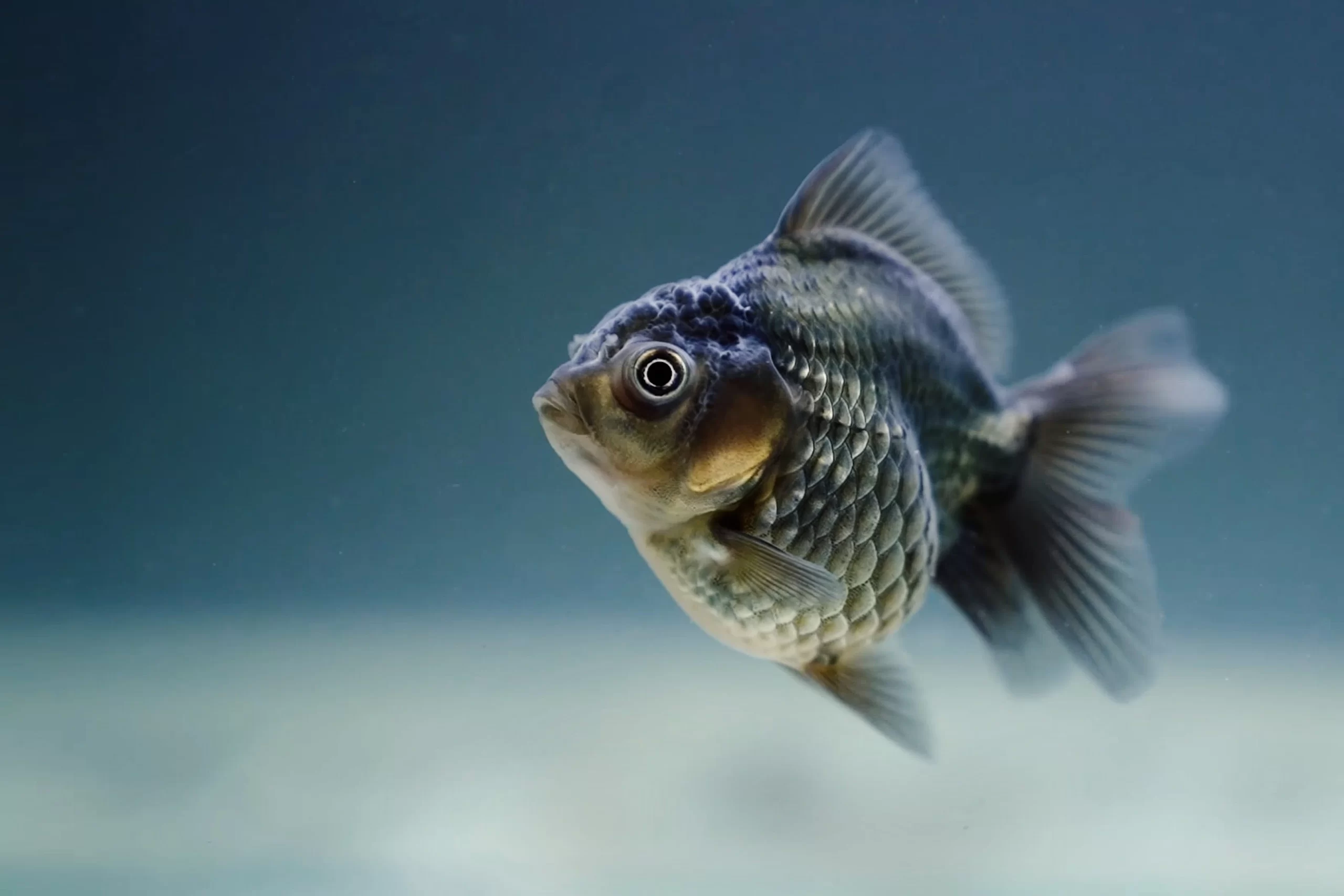
In today’s post, I’m going to show you exactly about fungal and parasitic diseases of fishes
Let’s dive right in.
Fungal Diseases of Fishes
I. Argulosis
Indications:
Caused because of Argulus (Fish mite), the fish scratches itself against objects, braced blades, noticeable parasites around 1/4 inch in width are apparent on the body of the fish. The fish mite is straightened vermin like scavenger around 5 mm long that appends itself to the collection of fish. They disturb the host fish which might have clasped balances, become anxious, and may show aggravated regions where the lice have been.
Treatment:
With bigger fish and light pervasions, the lice can be taken out with a couple of forceps. Different cases should best be possible with a 10 to brief shower in 10 mg for every litre of potassium permanganate or treat the entire tank with 2 mg for each litre, yet this technique is muddled and colours the water.
II. Ichthyosporidium
Side effects:
Ichthyosporidium is a growth, yet it shows itself inside. It fundamentally assaults the liver and kidneys, yet it spread wherever else. The side effects differ. The fish might become drowsy, approximately adjusted, show empty tummies, and in the end show outside sores or bruises. By then it is typically past the point of no return for the fish.
Treatment:
Phenoxyethanol added to food as a 1% arrangement might be successful. Chloromycetin added to the food has additionally been successful. Be that as it may, both of these medicines, if not watched with an alert, could represent a danger to your fish. It is ideal, whenever analyzed soon enough, to obliterate the influenced fish before the illness spreads.
III. Organism (Saprolegnia)
Indications:
Tufts of grimy, cotton-like development on the skin, can cover huge spaces of the fish, fish eggs become white. Fungal assaults consistently follow some other medical conditions like parasitic assault, injury, or bacterial contamination. The manifestations are a dark or whitish development in and on the skin or potentially balances of the fish.
At last, whenever left untreated, these developments will become cottony looking. The organism, whenever left untreated, will ultimately destroy on the fish until it at last kicks the bucket.
Treatment:
Utilize an answer of phenoxyethanol at 1% in refined water. Add 10 ml of this arrangement per litre. Rehash following a couple of days if necessary, however just again as three medicines could be perilous occupants.
On the off chance that the indications are serious, the fish can be eliminated and treated with a modest quantity of povidone-iodine or mercurochrome. For assaults on fish eggs, most raisers will utilize an answer of methylene blue adding 3 to 5 mg/1 as a preventive measure after the eggs are laid.
Parasitic Diseases of Fishes
I. Velvet or Rust
Side effects:
Yellow to light brown “dust” on the body; cinched balances respiratory pain. This infection resembles a brilliant or earthy residue over the blades and body. The fish might give indications of bothering, such as looking off aquarium style, lack of breath (fish-wise), and cinching of the balances.
The gills are typically the primary thing influenced. Velvet influences various species in various ways. Danios appear to be the most vulnerable, however frequently show no inconvenience. The infection is profoundly infectious and lethal.
Treatment:
The best treatment is with copper at 0.2 mg per litre (0.2 ppm) to be rehashed once in a couple of days, if vital. Acriflavine (trypaflavine) might be utilized rather at 0.2% arrangement (1 ml for every litre). As acriflavine might potentially sanitize fish and copper can prompt harming, the water ought to be step by step changed after a fix has been affected.
II. Anchor Worm (Lernaea)

Side effects:
The fish scratches itself against objects; whitish-green strings hang out of the fish’s skin with an aggravated region at the place of connection. Ahchor worms are really shellfish.
The young are free-swimming and get into the skin, go into the muscles and produce for a considerable length of time prior to appearing. They discharge eggs and pass on. The openings left behind are appalling and may become contaminated. The anchor worm is excessively profoundly imbedded to securely eliminate.
Treatment:
A 10 to brief shower in 10 mg for each litre of potassium permanganate or treat the entire tank with 2 mg for every litre, except this strategy is untidy and colours the water.
III. Ergasilus
Side effects:
The fish scratches itself against objects; whitish-green strings hang out of the fish’s gills. This parasite resembles the anchor worm yet is more modest and assaults the gills rather than the skin.
Treatment:
Treatment should best be possible with a 10 to brief shower in 10 mg for every litre of potassium permanganate.
IV. Accidents
Indications:
The fish scratches itself against objects, fast till development, bodily fluid covering the gills or body, the gills or blades might be destroyed, the skin might become blushed. There are numerous types of accidents, which are flatworms around 1 mm long, and a few side effects that are noticeable. They swarm gills and skin similar to Ich, yet the distinction can be seen with a hand focal point.
You ought to have the option to see development and potentially eyespots, which isn’t found in Ich. Gill accidents will ultimately annihilate the gills consequently killing the fish. Indications of substantial pervasions are pale fish with hanging blades, fast breath, looking off aquarium stylistic theme, as well as empty midsections.
Treatment:
Treatment should best be possible with a 10 to brief shower in 10 mg for each litre of potassium permanganate. Or on the other hand treat the entire tank with 2 mg for every litre, except this technique is untidy and colours the water.
Recommended for You: Similar Articles to Explore
